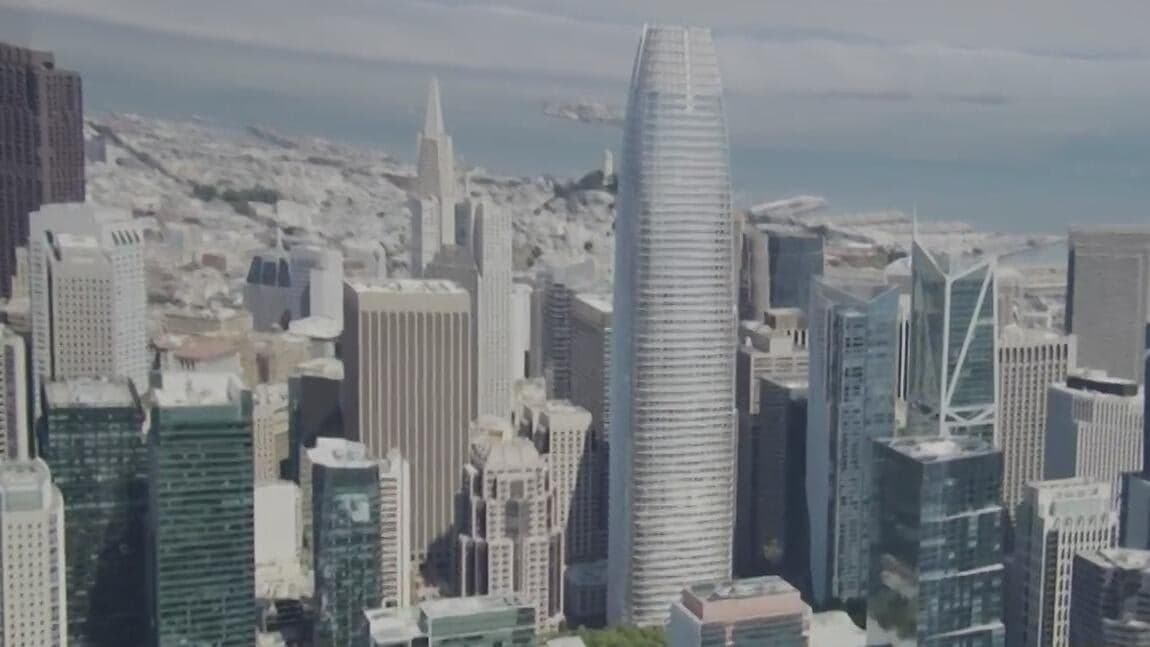San Francisco Receives Proposal for 1,225-Foot Tower, Poised to Become West Coast's Tallest

San Francisco is set to dramatically reshape its skyline with a new proposal for a 1,225-foot skyscraper, which would become the tallest building on the West Coast. The ambitious project, submitted by developer Hines, aims to transform a full city block that previously housed the PG&E and Matson headquarters into a dynamic mixed-use development. This new tower would surpass the city's current tallest, Salesforce Tower, by 15 stories and the Wilshire Grand Center in Los Angeles by 125 feet.
The proposal outlines a comprehensive plan for the site at 77 Beale Street, integrating housing, office space, retail, and public areas. As Daniel Lurie, the Mayor of San Francisco, stated in a social media post, > "This plan would transform a vacant city block into a dynamic mix of housing, office space, retail, and public space by developing the former PG&E and Matson headquarters." The project also includes the restoration of historic buildings at 215 and 245 Market Street, along with the conversion of 25 Beale Street into 120 housing units.
Hines, co-developer of the Salesforce Tower, envisions 1.6 million square feet of new office space within the proposed structure. This comes at a time when San Francisco faces a commercial office vacancy rate exceeding 35%, yet developers note a strong demand for premium, high-quality office environments. The company's commitment to such a large-scale project underscores a belief in the long-term vitality of San Francisco's real estate market.
Mayor Lurie has publicly championed the development, emphasizing its potential as a catalyst for the city's revitalization. > "This shows what's possible when people believe in our city's future. Let's go, San Francisco," he tweeted, highlighting the project as a significant investment in the city's future. The proposal will now proceed through a rigorous planning process, including an environmental impact study, which will address various considerations such as potential shadow impacts and community benefits.
The project represents a bold move to inject new life into San Francisco's downtown core, aligning with the city's ongoing efforts to adapt to evolving urban needs. While it faces the typical regulatory hurdles and potential community discussions, its approval would mark a notable chapter in the city's architectural and economic development, signifying a renewed confidence in San Francisco's urban landscape.